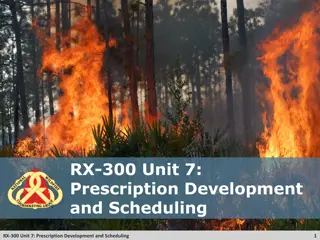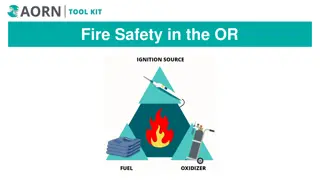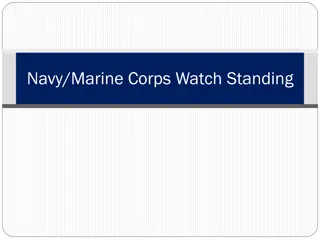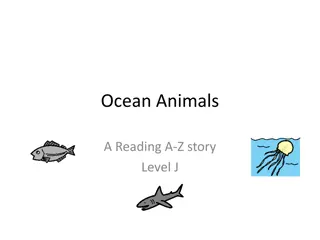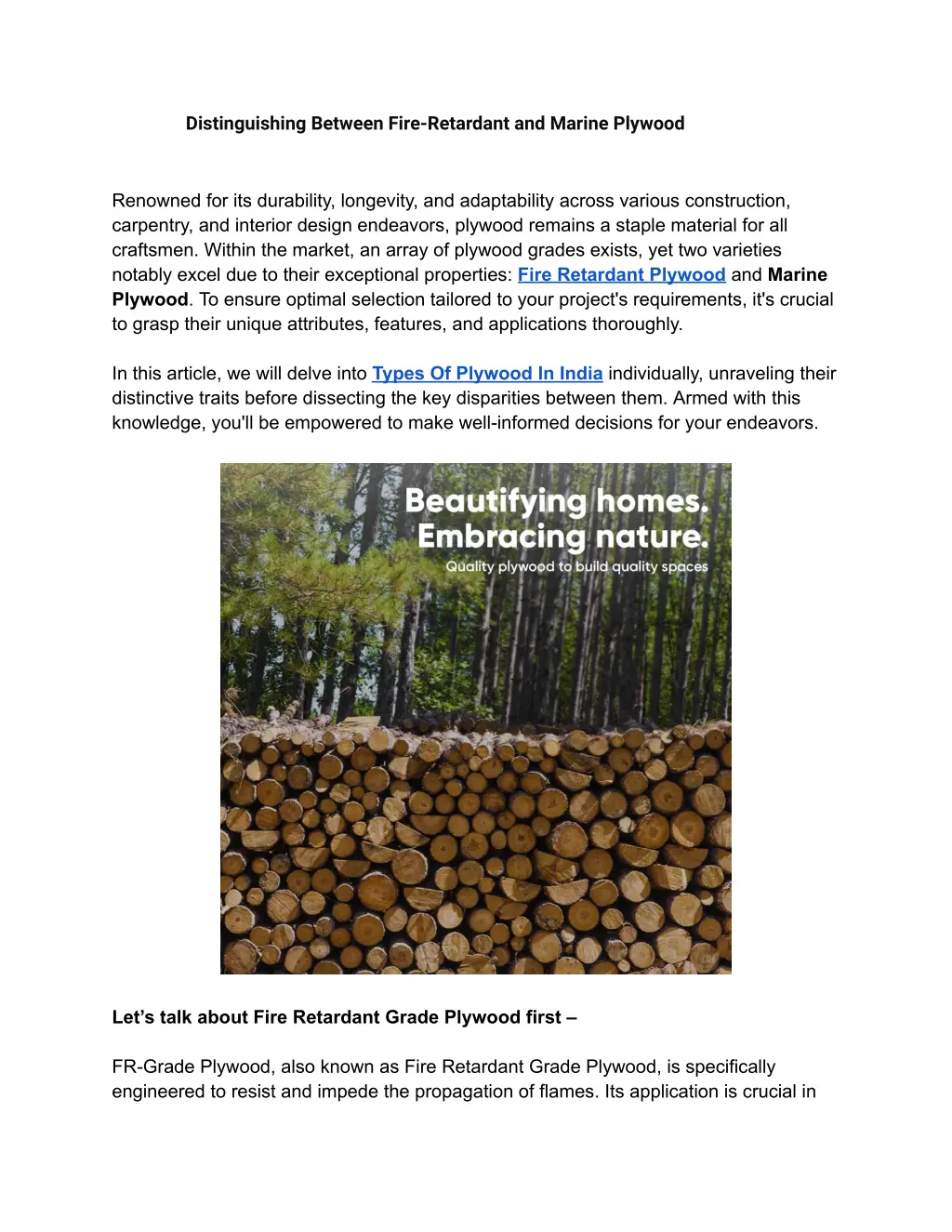
Distinguishing Between Fire-Retardant and Marine Plywood
In this article, we will delve into Types Of Plywood In India individually, unraveling their distinctive traits before dissecting the key disparities between them. Armed with this knowledge, you'll be empowered to make well-informed decisions for your endeavors.n
Download Presentation
Please find below an Image/Link to download the presentation.
The content on the website is provided AS IS for your information and personal use only. It may not be sold, licensed, or shared on other websites without obtaining consent from the author. Download presentation by click this link. If you encounter any issues during the download, it is possible that the publisher has removed the file from their server.
Presentation Transcript
Distinguishing Between Fire-Retardant and Marine Plywood Renowned for its durability, longevity, and adaptability across various construction, carpentry, and interior design endeavors, plywood remains a staple material for all craftsmen. Within the market, an array of plywood grades exists, yet two varieties notably excel due to their exceptional properties: Fire Retardant Plywood and Marine Plywood. To ensure optimal selection tailored to your project's requirements, it's crucial to grasp their unique attributes, features, and applications thoroughly. In this article, we will delve into Types Of Plywood In India individually, unraveling their distinctive traits before dissecting the key disparities between them. Armed with this knowledge, you'll be empowered to make well-informed decisions for your endeavors. Let s talk about Fire Retardant Grade Plywood first FR-Grade Plywood, also known as Fire Retardant Grade Plywood, is specifically engineered to resist and impede the propagation of flames. Its application is crucial in
environments prioritizing fire safety. Manufactured with a treatment process involving various fire-resistant chemicals, it maintains its performance while offering enhanced fire resistance. These chemicals create a barrier that both withstands and restricts combustion, making FR-Grade Plywood an essential component in fire-resistant construction. As a consequence of these chemical barriers, fire-resistant plywood is made which can be put to a number of uses in a variety of projects you may have. Fire-retardant grade plywood is produced in adherence to the regulations established by the Government of India. It is required to utilize this plywood as a construction material in communal spaces accessible to the public, including hotels, hospitals, airports, and similar establishments. This measure ensures that in the event of emergencies, evacuation procedures can be carried out effectively, while also containing the spread of fire due to the properties of the plywood. Zero Emissions Fire accidents can happen at any time with no warnings and at such times, many deadly and poisonous gases are released which can cause respiratory issues even for a short while until evacuation. Using fire-retardant grade plywood can ensure that no harm is caused to your breathing as it is made with a low-formaldehyde adhesive that does not emit any toxins. Applications FR-grade plywood finds various applications, predominantly in public spaces like malls and restaurants, as well as in interior design and furniture. Nonetheless, its suitability for outdoor use is restricted due to its vulnerability to certain weather conditions. Despite its resistance to fires, it should be noted that FR-grade plywood is not entirely fireproof. Now, let s talk about Marine-Grade Plywood Marine-grade plywood, also known as BWP plywood, is designed specifically for its use in places where a significant quantity of water or moisture is expected. It is known to be one of the most durable types of plywood, as it can withstand all types of weather conditions effortlessly. It is also manufactured with the strongest adhesives that ensure that the ply does not warp or delaminate, making it a suitable choice for marine applications.
Marine-grade plywood boasts exceptional water resistance as its primary advantage. Crafted with waterproof adhesives, this plywood consists of multiple tightly stacked wood veneers. This construction guarantees the plywood's ability to withstand exposure to water without absorbing it, compromising its structural integrity, or experiencing delamination. Investment In terms of marine plywood pricing, it often appears relatively higher compared to other options. This is primarily due to the utilization of top-quality materials during its manufacturing process, aimed at bolstering its resilience against water and humidity. Nevertheless, it's crucial to recognize that its enduring advantages far surpass the initial expense. Applications Marine-grade plywood is generally used where the area is expected to be prone to water, such as kitchens, bathrooms, and more. It can also be utilized in outdoor applications such as fences, decks, and more that are bound to be exposed to extreme climatic conditions such as heat, rain, or moisture. Key differences between Fire-Retardant Grade Plywood and Marine-Grade Plywood Treatment The treatment processes for FR-grade plywood and marine plywood differ significantly. FR-grade plywood undergoes a chemical treatment to imbue it with fire-resistant properties, while marine plywood is crafted with waterproof adhesives to provide resilience against water and moisture. Utilization The key difference between fire-resistant plywood and marine-grade plywood is its implementation the former is used in places where fire safety is a concern in order to combat the spread of fire in case of an outbreak, whereas the latter is used in places where exposure to water is the bigger concern. \
Resistance As the names aptly suggest, fire-retardant grade plywood is resistant to fires however, it may not be as resistant to water or moisture. On the other hand, marine-grade plywood has excellent water-resistant properties, but it might not be an ideal choice for places where fire is a concern. Final thoughts Both fire retardant plywood and marine-grade plywood are designed and manufactured to serve their specific purposes their differences lie in the intended implementations, manufacturing process, and inherent attributes. Understanding these differences can help you choose the right type of plywood for your project and make an informed decision, ensuring the durability and strength of your structures.




















